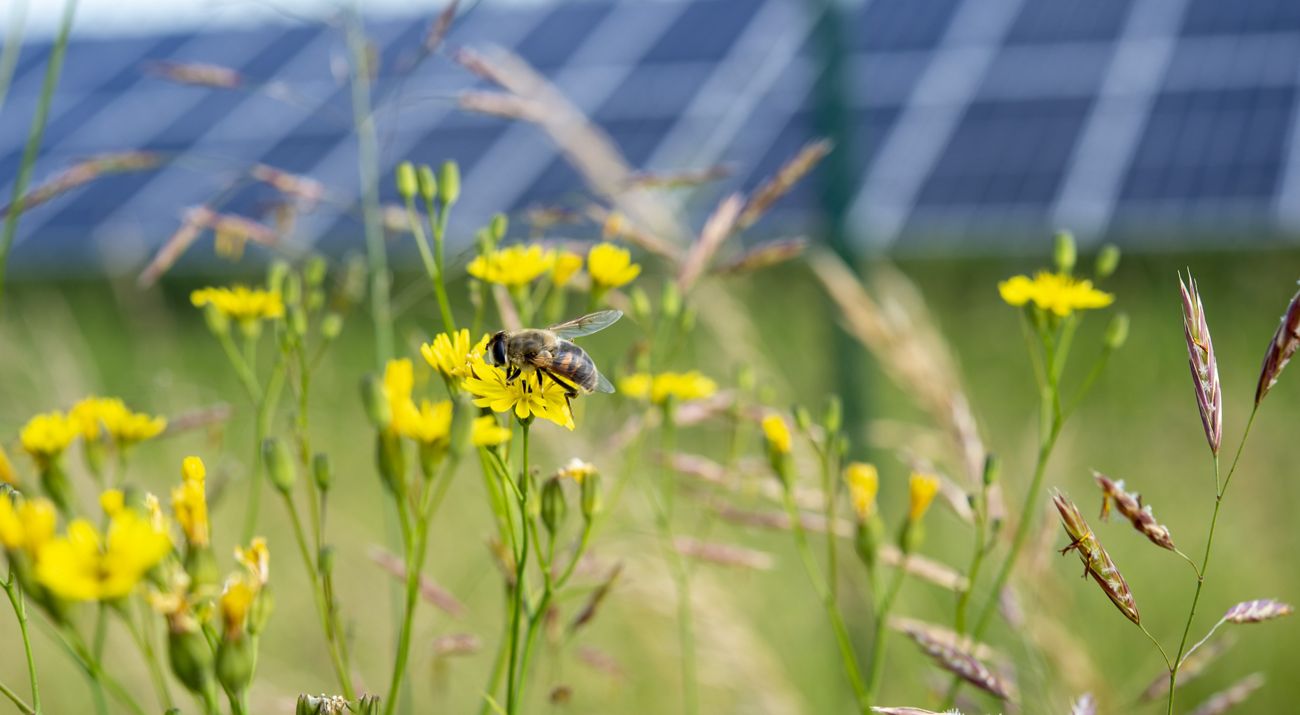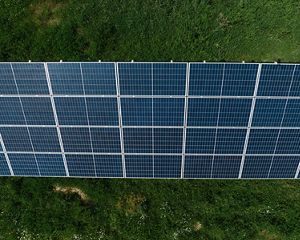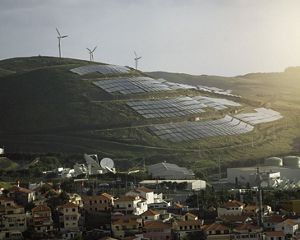SolarPower Europe and The Nature Conservancy Release Landmark Policy Paper on Nature-Inclusive Solar
New research signals need for clear policies to define, incentivise and scale up nature-inclusive PV to tackle the climate and biodiversity crises

Media Contacts
-
Barbara Kužnik
Marketing and Communications Manager
The Nature Conservancy, Europe
Email: barbara.kuznik@tnc.org
Download the policy paper
A new paper shows that nature-inclusive solar parks can help not only mitigating the impacts of climate change, but also help go the extra mile to restore nature. A new, cross-sectorial EU policy framework is needed.
Nature-inclusive solar parks are solar installations designed to not only produce renewable energy but also enhance local biodiversity, combining restoration, conservation and energy production on the same plot of land. In this model, solar parks are strategically located to minimise negative impacts on native habitats, flora, and fauna, while being designed to maximise benefits for the local ecosystem and local communities.
Lina Dubina, Policy Advisor for Sustainability at SolarPower Europe commented:
“The Nature Conservancy and SolarPower Europe advocate for a coherent, EU-wide policy framework that defines nature-inclusive solar, aligns with existing EU policies, and incorporates a monitoring and evaluation system. Such a framework could streamline and standardise practices across member states, making nature-inclusive solar parks more prevalent and effective."
In a landmark collaborative policy paper, SolarPower Europe and The Nature Conservancy explore how solar parks can support the EU’s nature protection and restoration goals while creating a win-win for renewable energy and biodiversity.
Rebecca Humphries, Head of Climate Policy for Europe at The Nature Conservancy, commented:
"Well designed and sited solar parks, following the mitigation hierarchy can lead to win-win solutions for both climate and nature. With this report, we explore how solar can contribute to protecting and restoring nature and the policy and financial incentives needed in order to scale up such projects. Policymakers now have a window of opportunity to use existing frameworks, such as the Nature Restoration Law or non-price criteria, as well as develop further tools to put in place credible definitions and indicators in order to drive more investment into solar parks that protect and restore nature."
Despite solar parks occupying a relatively small portion of land—only 0.3% of the EU's total land would be needed for current and future solar projects (European Environmental Bureau, 2023)—the strategic siting and design of these facilities are crucial. The policy paper, drafted by Metabolic on behalf of SolarPower Europe and The Nature Conservancy, outlines how nature-inclusive solar parks can significantly contribute to the EU’s ambitious Nature Restoration Law, which aims to restore at least 20% of degraded land and sea by 2030 and all degraded ecosystems by 2050.
As the concept of nature-inclusive solar gains traction across the EU, there is a need now for clear policies to help define, incentivise and scale up. This can create a positive momentum towards developing more solar parks with truly nature-inclusive design while supporting renewable energy deployment and engaging with local communities at an early stage.
To ensure that solar development creates a positive impact on biodiversity, creating an enabling policy framework is key. The paper highlights a significant policy gap within the EU. While some countries have incentive schemes for nature-inclusive solar, few have established a science-based method for these policies. The lack of a unified approach risks creating misalignment and uncertainty for developers and other involved stakeholders.
The policy paper makes a number of policy recommendations:
- Create a common, clear and ambitious definition of nature-inclusive solar parks at EU level.
- Provide solar park development guidance to avoid and minimise biodiversity loss in planning during and after the construction phase, alongside practices to restore, offset, and/or add (net gain) biodiversity.
- Develop and implement a robust monitoring and evaluation system.
Notes
The full implementation of the Nature Restoration Law which came into effect on the 18th of August 2024 is crucial to restore the EU’s biodiversity and stop further biodiversity loss, to reach climate neutrality by 2050 and adapt to climate change. Two years after the entry into force of the Regulation, Member States shall submit their National Restoration Plan (NRP). These plans shall contain i.e. a map of the habitats that are not in good condition and that need to be restored by 2030 and shall also cover long-term restoration targets by 2050.
The regulation explicitly states that considering the importance of addressing consistently the dual challenges of biodiversity loss and climate change, the restoration of biodiversity should consider the deployment of renewable energy and vice versa. Combining restoration activities and the deployment of renewable energy projects should be favoured wherever possible, including in renewables acceleration areas and dedicated grid areas.
Solar and nature can work together, going beyond climate change mitigation to also protect biodiversity and restore vital ecosystems. The Nature Restoration Law can provide the right framework for stimulating a regenerative economy and promoting solar technologies compatible with nature.
The Nature Conservancy is a global conservation organization dedicated to conserving the lands and waters on which all life depends. Guided by science, we create innovative, on-the-ground solutions to our world’s toughest challenges so that nature and people can thrive together. We are tackling climate change, conserving lands, waters and oceans at an unprecedented scale, providing food and water sustainably and helping make cities more resilient. The Nature Conservancy is working to make a lasting difference around the world in 83 countries and territories (39 by direct conservation impact and 44 through partners) through a collaborative approach that engages local communities, governments, the private sector, and other partners. To learn more, visit nature.org or follow @nature_press on X.


